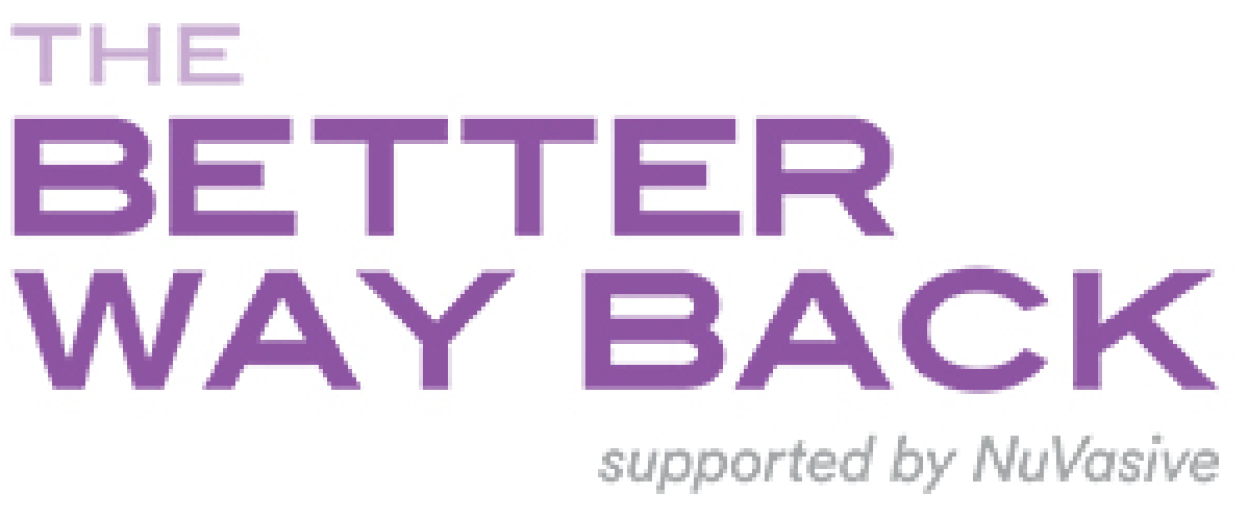You can find Part 1 of Jeff’s Story here.
It is now June 2014. From a pain and lifestyle perspective, I’d come essentially full circle, back to where I was when this all began in July 2011. Going into my first appointment with the surgeon I was extremely pessimistic. I’d had back surgery for a herniated disc back in 2003. The surgery was botched, and it left me with some permanent right leg weakness. I’d learned to compensate for that weakness but, nonetheless, I was pessimistic and, perhaps, over-critical of any potential surgery given my own history with it.
So my first appointment with the surgeon was mid June 2014. Prior to my appointment, he requested a fresh MRI, which I was able to successfully execute. During my appointment, he also took fresh x-rays of my spine. Not surprisingly, my MRI results showed further structural degeneration from the results two-and-a-half years prior. More strikingly however, was the x-ray. It showed how my spine had started to curve–its own way of overcompensating for its own structural deficiencies. I’d developed scoliosis! My doctor informed me that I would prove an excellent candidate for a procedure called XLIF® (eXtreme Lateral Interbody Fusion), and that he really felt it would solve most of my back issues. He asked me to carefully consider all of the information and to let him know how and if I wanted to proceed. He handed me a leaflet and suggested that I contact something called The Better Way Back®–and that they would be able to provide even more information.
I walked out of the doctor’s office feeling like I’d walked through an informational whirlwind; so much so that I left there with my head spinning! He and his staff provided me with copious amounts of reading material on the XLIF procedure and gave me the 80/20 split – 80 percent chance this would help me, 20 percent chance it wouldn’t. It’s important to note there are no guarantees in life, and certainly none with back surgery. Assuming the alternative is simply naïve. Everyone reacts differently to surgery and I proceeded from my first appointment with cautious optimism, always remembering this mantra of no guarantees. I did not schedule surgery at this appointment. I wanted to discuss this with my wife first, and become more informed on the procedure.
I got home, and on my doctor’s suggestion, reached out to The Better Way Back program via their website. I also started reading all the material my doctor gave me on the XLIF procedure. Within two days I received a large package in the mail; it was from The Better Way Back! Books, pamphlets, DVD’s, you name it. If there was something one wanted to know about the XLIF procedure, I just received it from The Better Way Back. Most important to me, at that time, was hearing other patients’ stories, patients who had undergone the XLIF procedure–how they had endured the XLIF procedure, how it had helped them, how miserable and in pain they were before they had the procedure. Cathartic as it sounds, I found this information particularly helpful, and most importantly, particularly hopeful.
I was a pessimist regarding back surgery, due mainly to my own previous experience with it. After reading all the materials provided to me regarding XLIF, and just one week after my initial appointment with my surgeon, I began a ravenous journey to find out all I could about the XLIF procedure–good, bad, or indifferent. I felt if I was to honestly consider having this procedure, knowing as much as I could would further inform my own calculated risk assessment regarding the XLIF procedure.
There’s a lot of good material out there, but also a lot of uninformed negative sensationalism on the internet about all back surgery. I stayed away from all of that. I started researching medical journals on the internet and reading information written by surgeons, for other surgeons, regarding the XLIF procedure. Again, having lived through a previously botched back surgery in 2003, I had my doubts. Throughout my own research process, the team at The Better Way Back maintained constant contact with me. After weeks of doing my own research, The Better Way Back even provided me with a seven-page list of medical journal articles to further my own research.
With my permission and arranged by The Better Way Back, during the intervening weeks of research I was doing, I began receiving phone calls and emails from actual patients who had undergone the XLIF procedure. These Patient Ambassadors who volunteer their own time and energy were my angels of hope. Through them, and their own stories, my understanding of the possibility there was chance at getting my life back was realized. No amount of research, no medical journal, no statistical diagram about success rates could replace the honest, heartfelt conversations I had with these XLIF Patient Ambassadors.
Now in early July 2014, factoring all the research and discussions I’d had to that point, my wife and I decided to call my surgeon’s office to schedule my XLIF surgery for late August.
15-NUVA-0144
